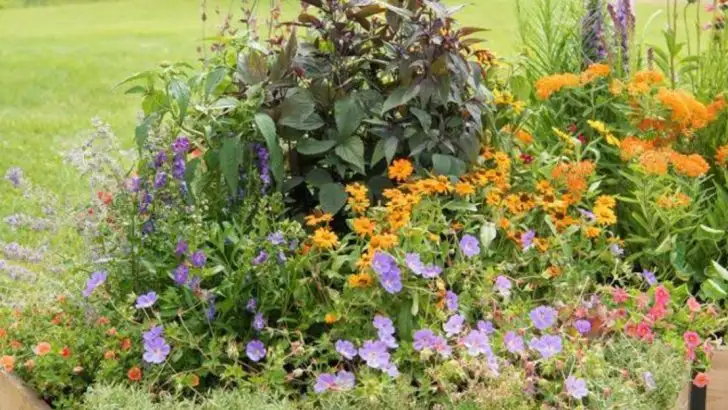Pollinators are essential allies for every garden, supporting healthy plants and abundant harvests. Creating a garden that welcomes bees, butterflies, and other pollinators ensures vibrant blooms and strong fruit production throughout the year.
By choosing the right mix of flowers, shrubs, and herbs that bloom at different times, you can provide continuous food and shelter for these vital creatures. Avoiding pesticides and including water sources also help create a safe haven for pollinators.
In this article, learn how to build a pollinator-friendly garden that thrives all season—turning your outdoor space into a buzzing, blossoming paradise.
Native Wildflowers
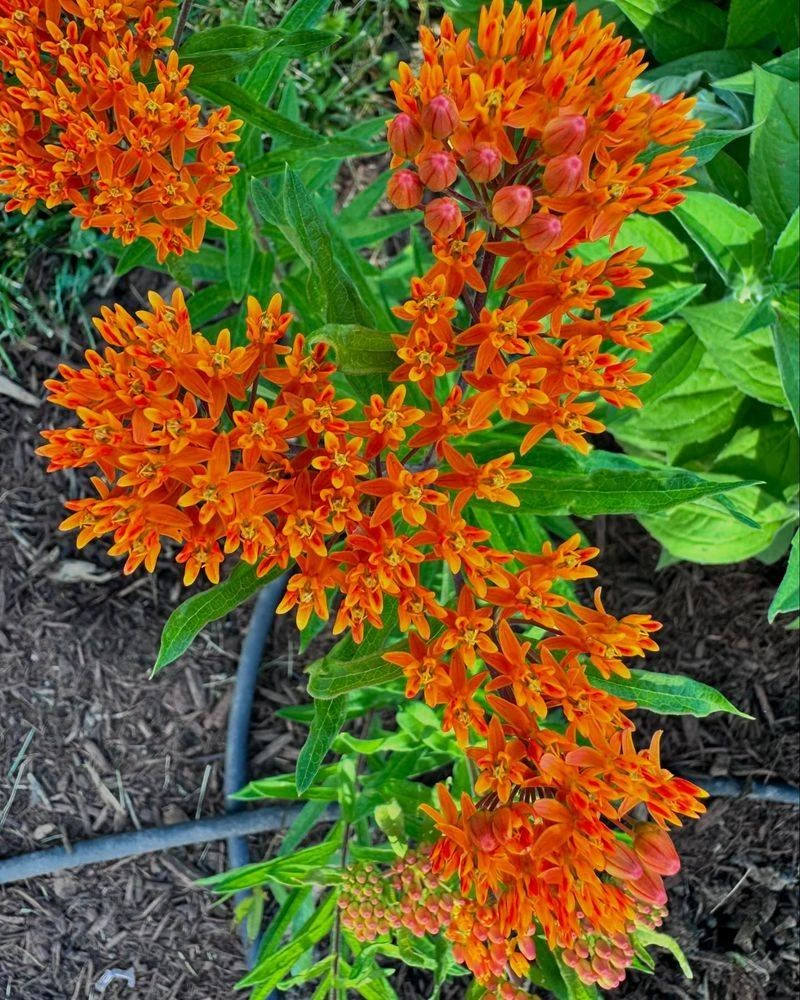
Imagine a palette of colors swaying gently in the breeze. Native wildflowers are the unsung heroes of a pollinator-friendly garden. They offer an authentic taste of the local ecosystem. This makes them irresistible to bees and butterflies. With deep roots, they thrive in local soil conditions and require less maintenance than exotic plants.
Did you know? Many native wildflowers have evolved alongside local pollinators, creating a harmonious relationship that’s crucial for their survival. By planting these flowers, you provide a familiar and nourishing environment for pollinators to flourish.
Herb Garden
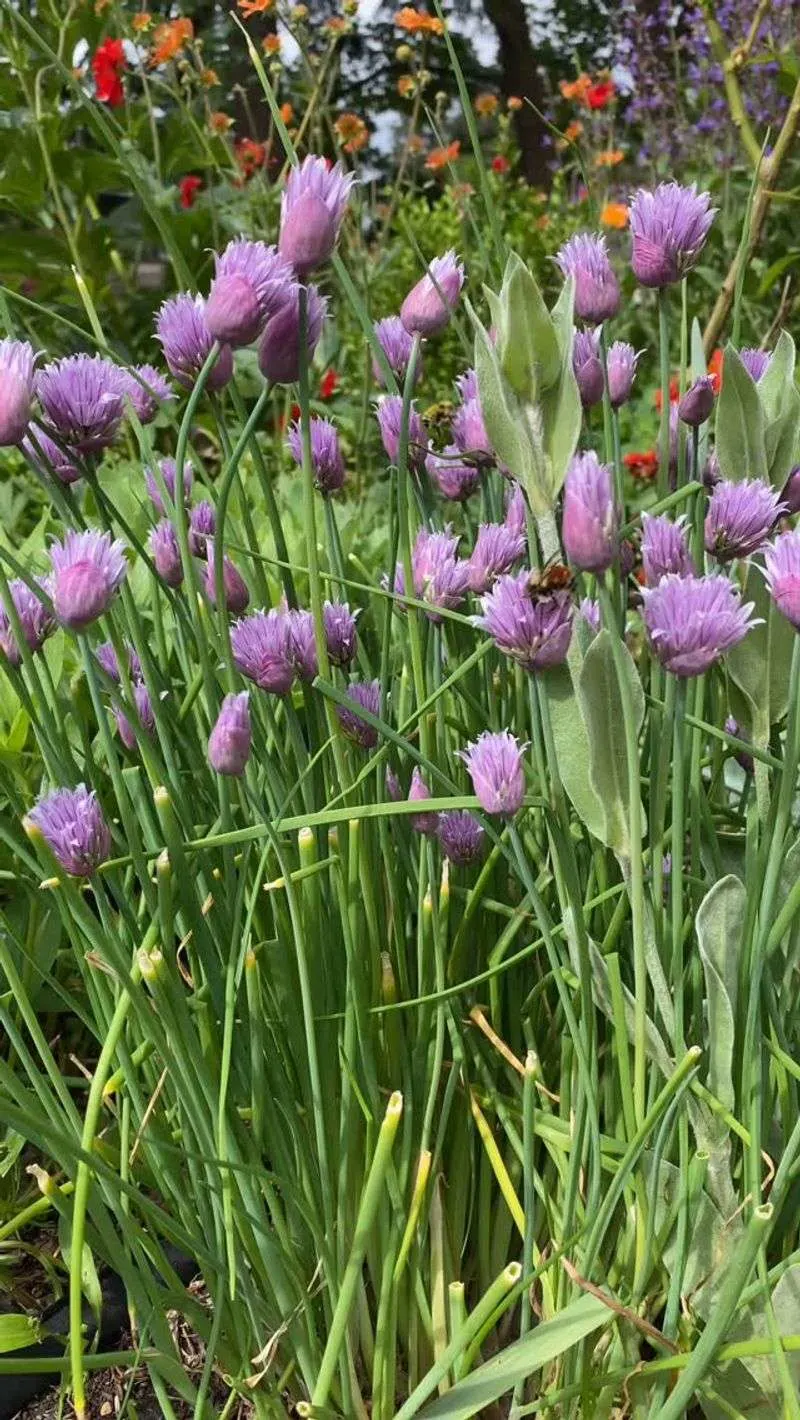
Step into your garden, and the soothing aroma of herbs welcomes you. An herb garden isn’t just for cooking; it’s a sanctuary for pollinators too. Lavender, mint, and basil are particularly attractive to bees and butterflies, offering both fragrance and nourishment. These herbs are easy to grow and can thrive in various conditions.
Crafting a dedicated herb section in your garden adds a multi-sensory experience. It’s a feast for the senses and a banquet for pollinators. Who knew that simple herbs could play such a pivotal role in sustaining these creatures?
Water Feature
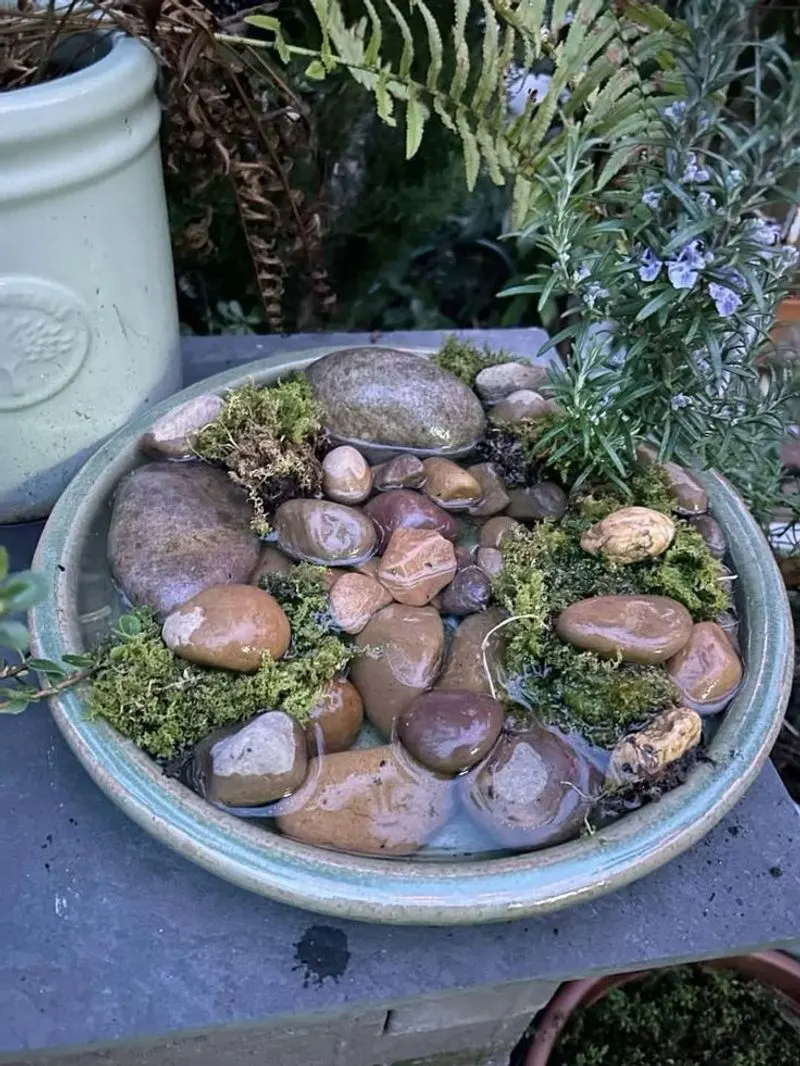
A gentle splash or the sound of trickling water can become the heart of your garden. Water features like bird baths or small ponds provide much-needed hydration for pollinators. They attract not just birds but also bees and butterflies looking for a drink or a place to rest.
Including a water feature adds another dimension to your garden. It’s not just about aesthetics; it’s about providing essential resources. Remember, a shallow dish with stones can also serve as an effective watering spot. Simple yet impactful, water nurtures life.
Pollinator Habitat
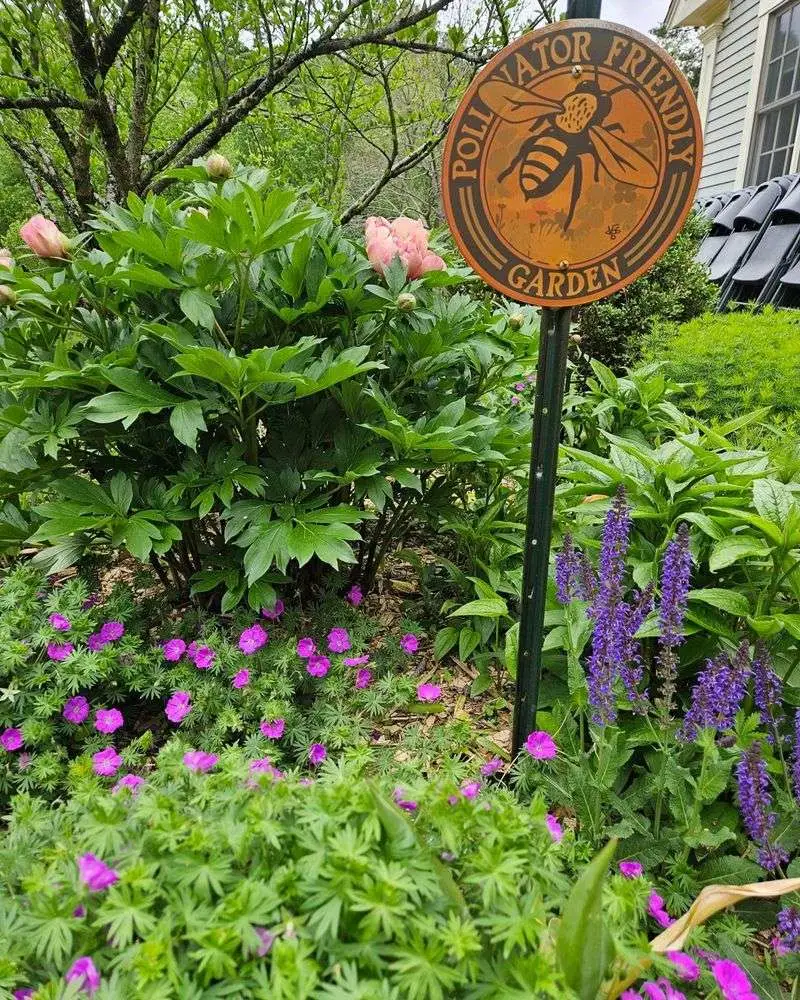
In the bustling world of pollinators, finding a safe haven is vital. Creating habitats such as bee hotels or butterfly houses offers shelter and breeding grounds for these creatures. These structures can be easily integrated into any garden design.
Besides being functional, they add character and intrigue. A bee hotel can be a conversation starter and a delightful educational tool. With a little creativity, you can make your garden both an oasis and a community for pollinators. A small space can have a big impact!
Diverse Planting
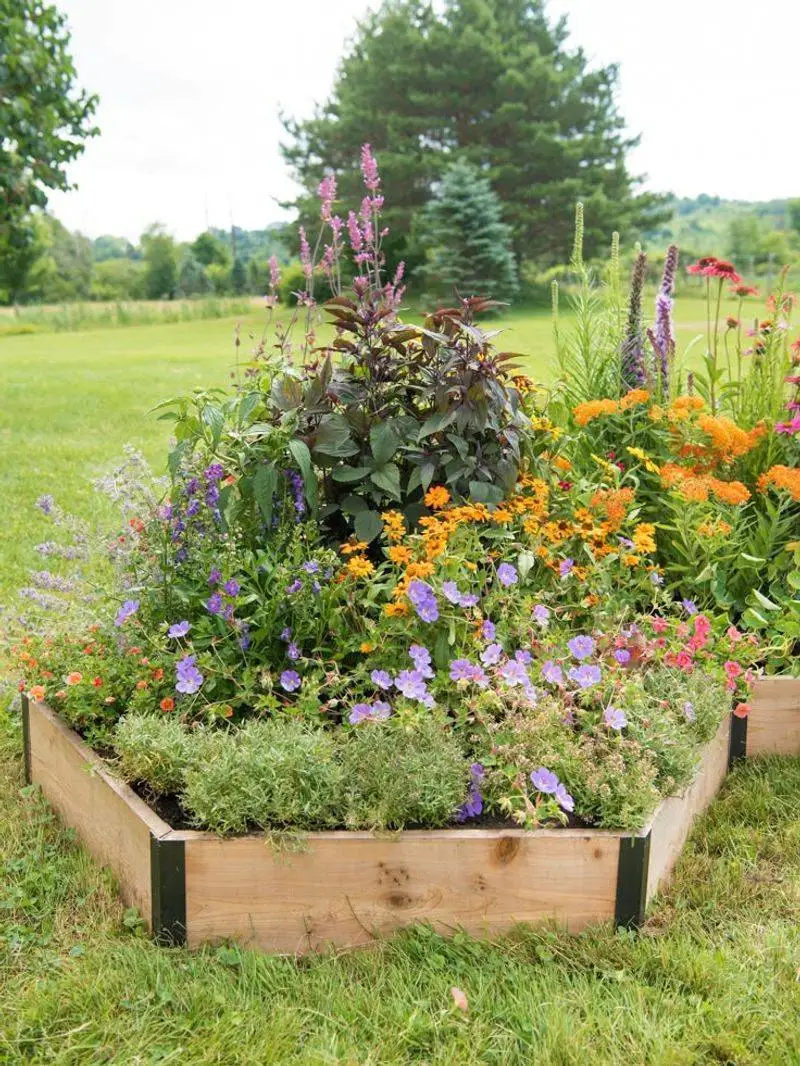
Variety is the spice of life, and your garden can embody this with diverse planting. By including a mix of trees, shrubs, and flowers, you cater to the needs of different pollinators. Different species have varied preferences, ensuring that your garden buzzes with life.
This diversity not only supports ecological balance but also makes your garden visually captivating. Did you know? Some pollinators are active at different times of the day or season. By planting a range of species, you ensure your garden is alive from dawn till dusk.
Seasonal Blooms

Imagine a garden that changes wardrobe with the seasons. By planning for seasonal blooms, you can ensure continuous support for pollinators throughout the year. This approach not only keeps your garden colorful but also guarantees a year-round food source for the creatures that visit.
From early spring bulbs to late autumn asters, each flower has a role to play. Seasonal planting requires a bit of planning but rewards you with an ever-changing landscape. It’s like having a new garden every few months, with pollinators always finding something to love.
Avoid Pesticides
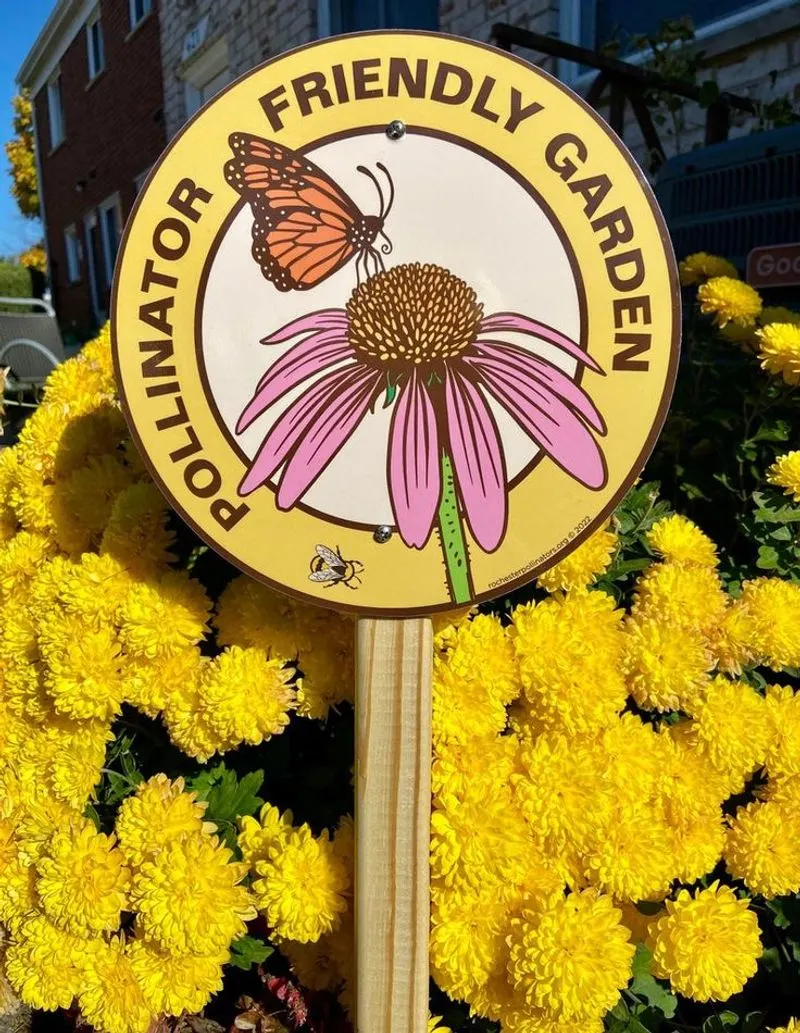
Nature has its own way of maintaining balance. By avoiding pesticides, you allow beneficial insects like ladybugs to thrive and control pests naturally. Chemicals can harm pollinators, disrupting their life cycles.
Going pesticide-free may seem challenging, but it’s a vital step in creating a pollinator-friendly environment. Companion planting and other organic methods can help keep pests at bay without harming the beneficial visitors. Remember, it’s about working with nature, not against it, to foster a healthy, thriving garden.

